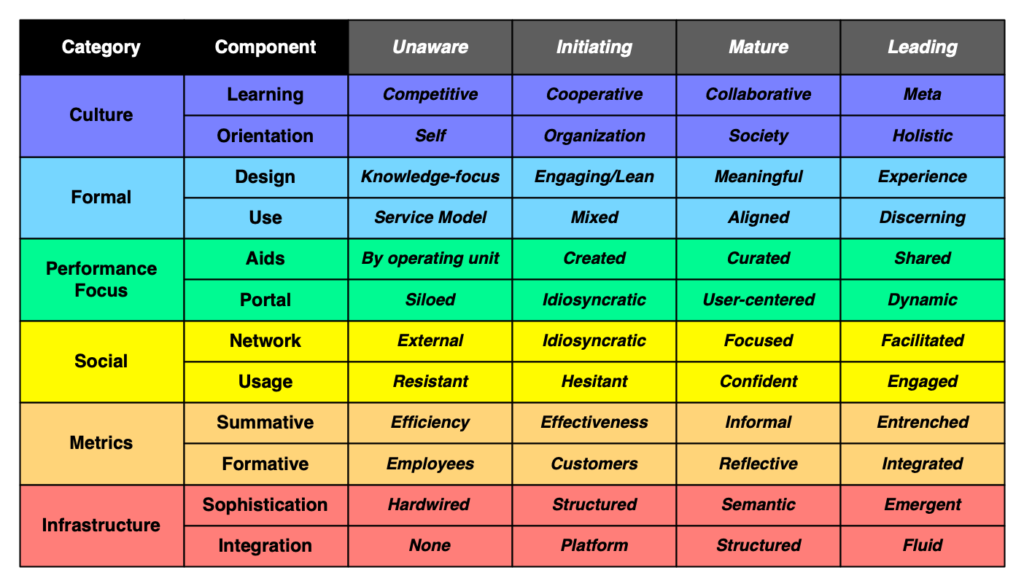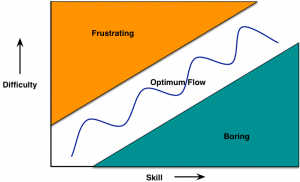At this calendar inflection, it’s interesting to note how time flies. I was somewhat amazed to find out that my first three books were already out of print! And there are two reasons to keep them out there. For one, because there’s still some interest (I get pinged occasionally). Two, I wrote them based on principles of how our brains work, to be technology-independent (e.g. mobile still is changing so fast). So I reckon they’re still relevant. (A review of one I came across said just that.) As a consequence, I sought the return of the rights. Here’re updates on my books.
You could get two of the expired books as ebooks, but now Amazon also has a paperback option. I’ve been able to put all three up as both! The covers have changed, of course, since I don’t know as to rights for the images used. And, I’ve priced them way down (Happy New Year! :) Anyways, here’re links (they literally came through over the past couple of days) that take you to both options:
The Mobile Academy: mLearning for Higher Education
Designing mLearning: Tapping into the Mobile Revolution for Organizational Performance
Engaging Learning: Designing e-Learning Simulation Games
Of course, two of my books aren’t yet out of print. You can still get them both:
Millennials, Goldfish, and other Training Misconceptions: Debunking Learning Myths & Superstitions
Revolutionize Learning & Development: Performance and Innovation Strategy for the Information Age
And my forthcoming one is now available for pre-order!
Learning Science for Instructional Designers: From Cognition to Application
So those are the updates on my books.
For the record, these are all Amazon Associate links, for which I get a cut: support your friendly and helpful consultant!



